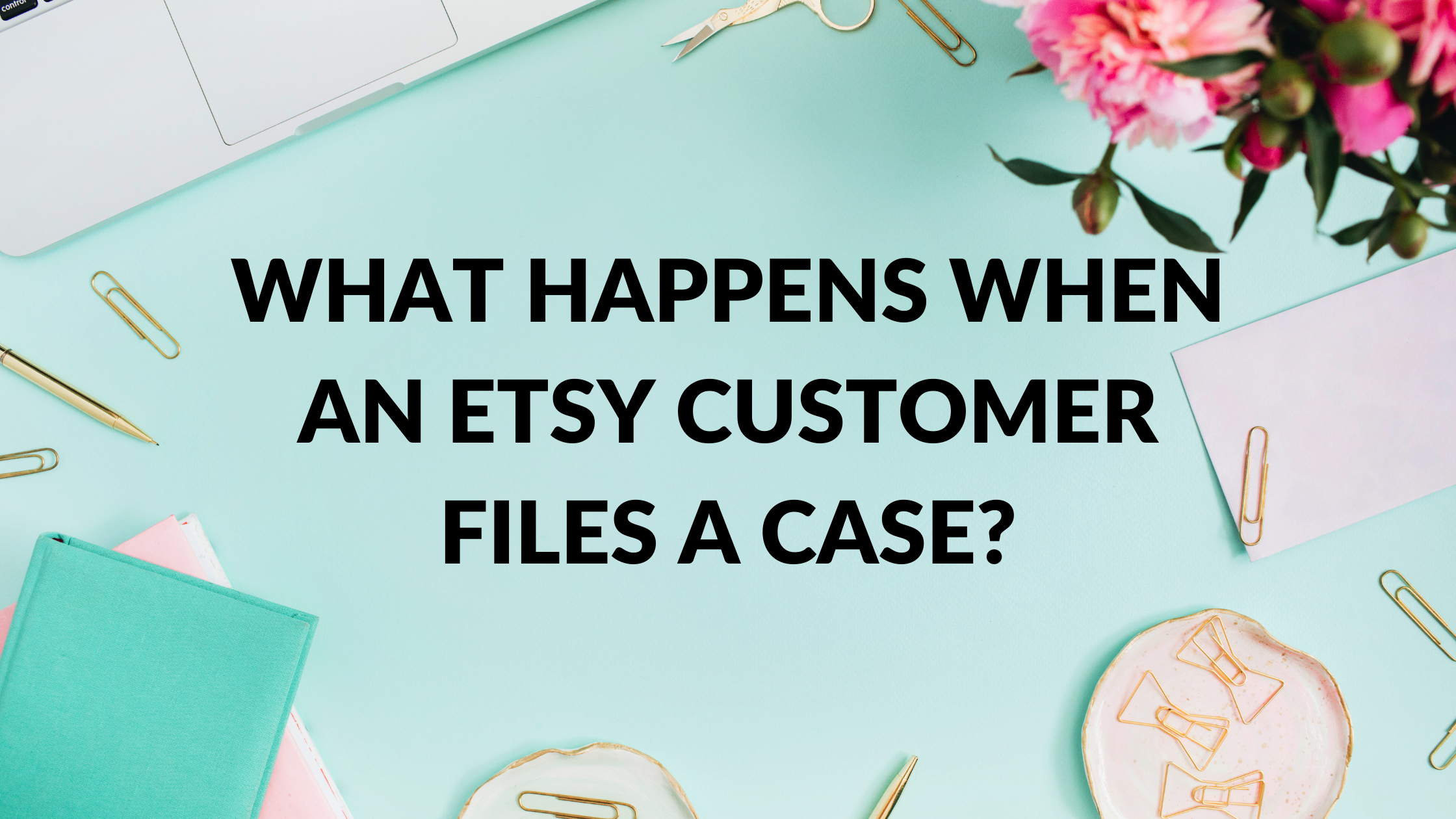Etsy is a popular online marketplace where independent sellers can showcase and sell their handmade or vintage items. While the platform has become a go-to for buyers looking for unique and personalized goods, issues may arise that require a customer to file a case. When a customer files a case, it means that they have a problem with their order and are seeking a resolution.
Cases can be filed for a variety of reasons, such as receiving an item that is different from the description, not receiving an item at all, or receiving a damaged item. Once a case is opened, the seller has the opportunity to resolve the issue with the customer before Etsy steps in.
If the seller is unable to resolve the issue, Etsy will step in to help find a solution. It is important for both buyers and sellers to understand the process of filing a case on Etsy to ensure a smooth and fair resolution for all parties involved.
Understanding Etsy Cases
What is an Etsy Case?
An Etsy case is a dispute resolution process that is initiated by a buyer when they have an issue with their order. It is a way for the buyer to communicate their concerns to the seller and request a resolution. When a buyer opens a case, the seller is notified and can respond to the buyer’s concerns.
Why do Etsy Customers File Cases?
Etsy customers file cases for various reasons, including:
- The item they received is not as described or is damaged.
- The item did not arrive on time or at all.
- The buyer did not receive a response from the seller after attempting to resolve the issue directly.
When a buyer files a case, Etsy steps in to help both parties reach a fair resolution. It is important for sellers to respond to cases promptly and work with the buyer to resolve the issue. Failure to respond to a case can result in negative consequences for the seller, such as a refund being issued to the buyer or the case being escalated to Etsy for review.
In summary, Etsy cases are a way for buyers to resolve issues with their orders. As a seller, it is important to understand the case process and respond promptly to any cases that are opened. By working with the buyer to find a resolution, sellers can maintain a positive reputation on Etsy and avoid negative consequences.
What Happens When an Etsy Customer Files a Case?
When an Etsy customer files a case, it means that they have encountered an issue with their order that they are unable to resolve with the seller. Here is what happens when a customer files a case on Etsy:
Notification to Seller
Once a customer files a case, Etsy will notify the seller of the issue. The seller will have the opportunity to respond to the case and work with the customer to resolve the issue. If the seller does not respond to the case within the given timeframe, Etsy may step in to resolve the issue on the customer’s behalf.
Responding to the Case
When a seller receives a notification of a case, they should promptly respond to the case and work with the customer to resolve the issue. Failure to respond to a case may result in Etsy stepping in to resolve the issue on the customer’s behalf.
Communication with the Customer
Effective communication with the customer is key to resolving a case on Etsy. Sellers should work with the customer to understand the issue and provide a solution that meets the customer’s needs. It is important to remain professional and courteous throughout the communication process.
Case Resolution
Once the case is resolved, Etsy will close the case and notify both the seller and the customer of the resolution. If the case is not resolved, Etsy may step in to resolve the issue on the customer’s behalf.
Appealing the Decision
If a seller disagrees with the decision made by Etsy in resolving a case, they have the option to appeal the decision. The appeal process is handled by Etsy’s Trust and Safety team, and the decision made by the team is final.
In conclusion, when an Etsy customer files a case, it is important for the seller to respond promptly and work with the customer to resolve the issue. Effective communication and a willingness to find a solution that meets the customer’s needs are key to resolving a case on Etsy.
Tips for Avoiding Etsy Cases
When selling on Etsy, it’s important to take steps to avoid customer cases. Here are some tips to help prevent cases from being opened against your shop.
Clear Communication with Customers
One of the most important things you can do to avoid cases is to communicate clearly and promptly with your customers. Respond to messages and inquiries quickly, and be sure to provide accurate information about your products and shipping policies.
Accurate Product Descriptions and Photos
Make sure that your product descriptions and photos are accurate and detailed. Include information about size, color, materials, and any other relevant details. Use high-quality photos that show the product from multiple angles.
Timely Shipping and Delivery
Shipping and delivery times are a major concern for Etsy customers. To avoid cases related to shipping and delivery, be sure to ship your products promptly and provide tracking information when possible. Be transparent about shipping times and any potential delays.
Excellent Customer Service
Providing excellent customer service is key to avoiding cases. Be responsive to customer inquiries and concerns, and be willing to work with customers to resolve any issues that arise. Consider offering refunds or exchanges to unhappy customers to help prevent cases from being opened.
By following these tips, you can help prevent cases from being opened against your shop and ensure a positive experience for your customers.
Conclusion
In conclusion, Etsy’s case system is designed to help both buyers and sellers resolve issues with their orders. When a buyer opens a case, Etsy steps in to assist in reaching a fair resolution. Sellers are given the opportunity to respond to the case and provide evidence to support their case.
It’s important for sellers to promptly respond to cases and provide excellent customer service to avoid negative feedback or disputes. In the case of a return, refund, or exchange, sellers should follow Etsy’s policies and procedures to ensure a smooth resolution.
Overall, the case system is a valuable tool for resolving issues between buyers and sellers on Etsy. By following Etsy’s policies and providing excellent customer service, sellers can minimize the likelihood of cases being opened and build a positive reputation on the platform.

